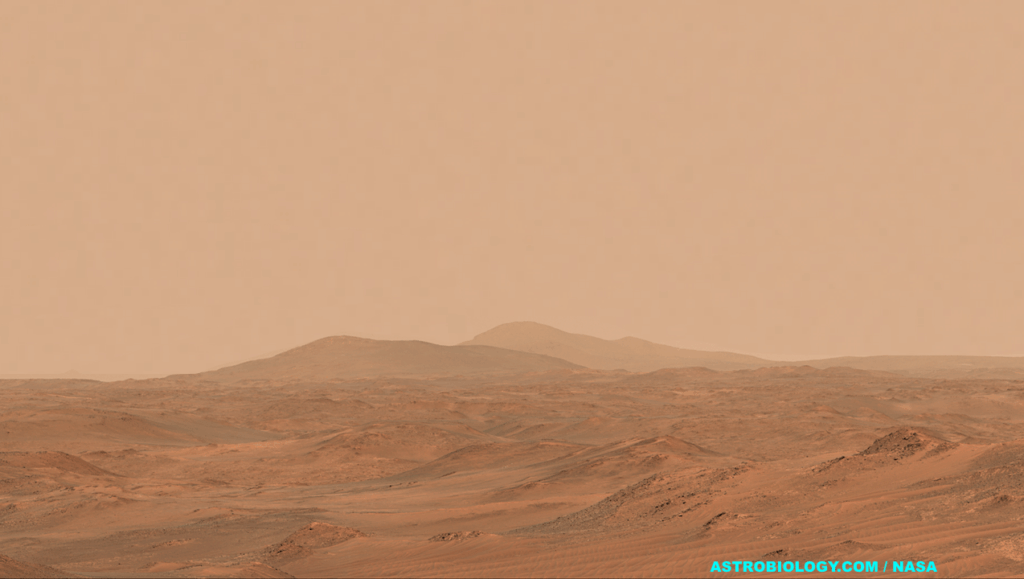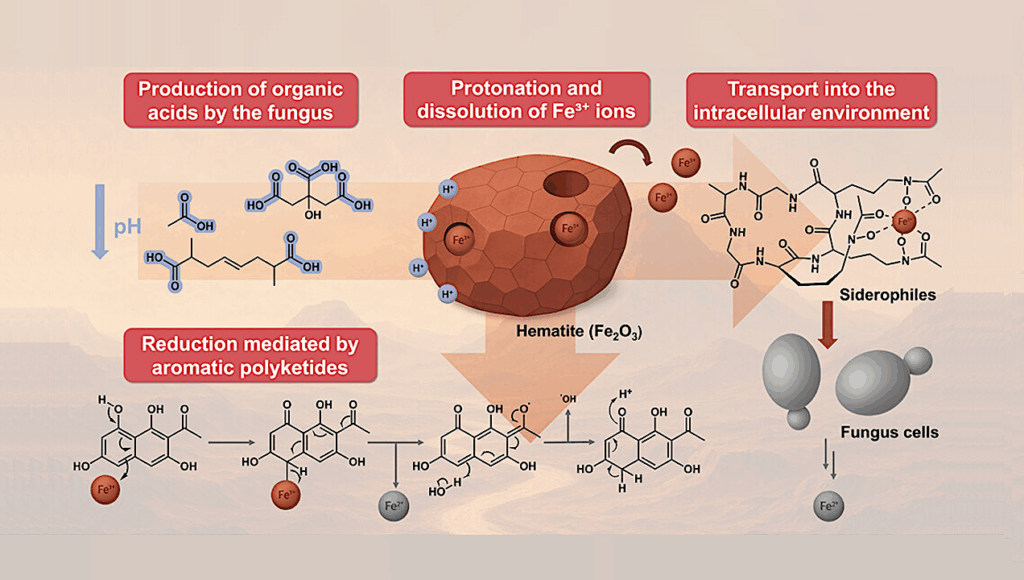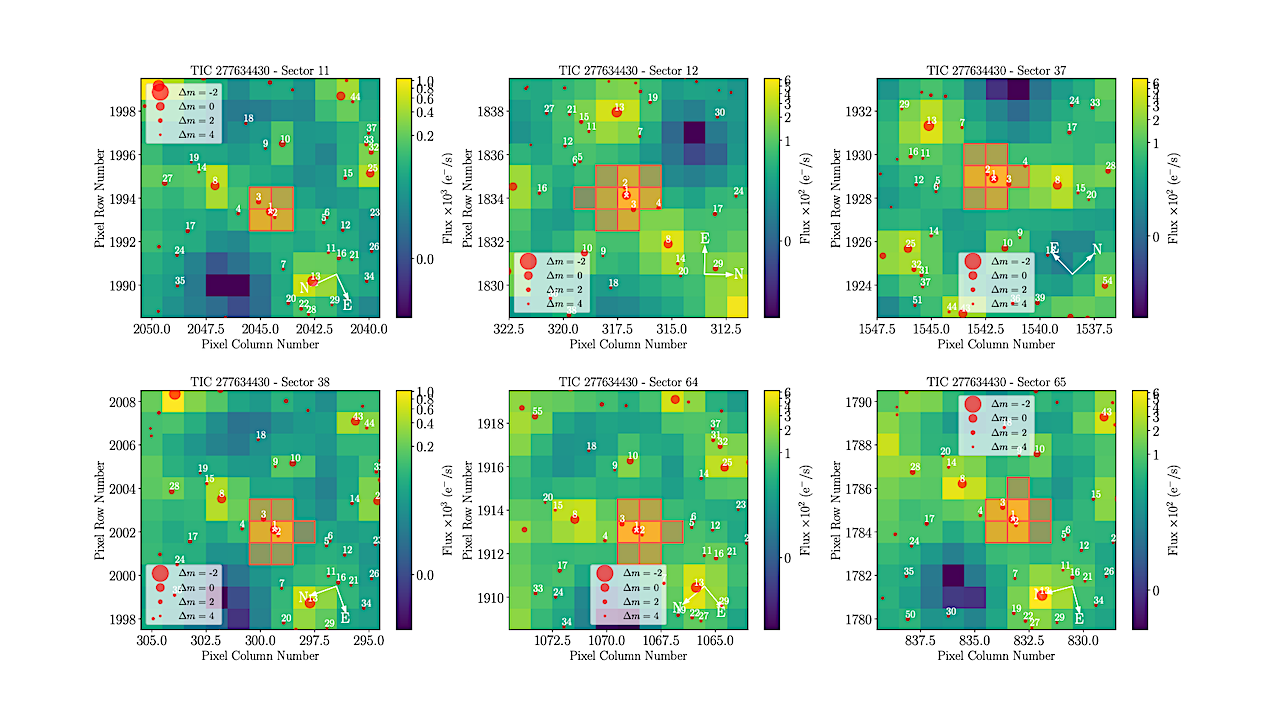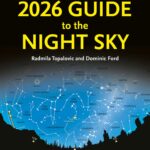Now Reading: Dust-driven Vortex Cascades Originating At Water Snow Region: A Pathway To Planetesimal Formation
-
01
Dust-driven Vortex Cascades Originating At Water Snow Region: A Pathway To Planetesimal Formation
Dust-driven Vortex Cascades Originating At Water Snow Region: A Pathway To Planetesimal Formation
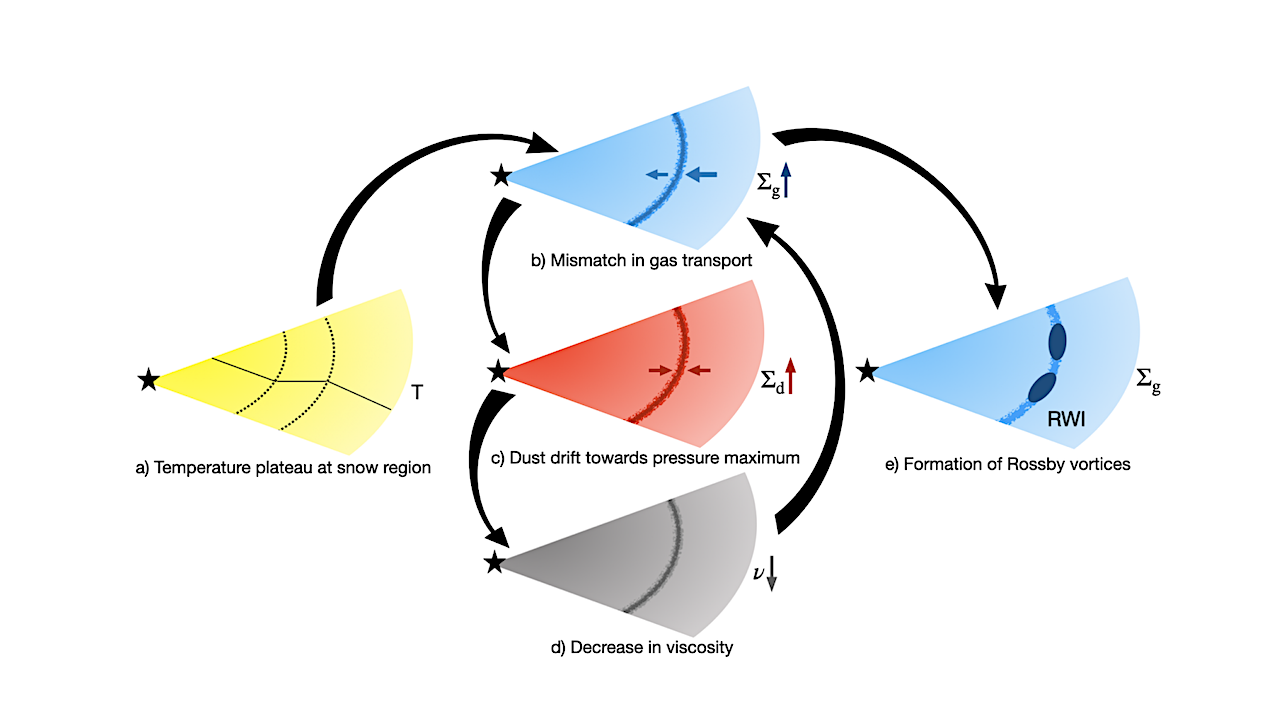

Cartoon explaining the mechanism behind the formation of self-sustaining vortices at the temperature plateau at water snow region. The temperature substructure gives rise to marginal mismatch in the gas accretion rates, seeding the initial perturbation in gas surface density. The dust is attracted towards the resulting pressure maximum, which in turn lowers the local dust-dependent viscosity. This in turn causes a bottleneck to angular momentum transport, amplifying the perturbation in gas and thus, leading to positive feedback loop. In a one-dimensional disk, such a feedback leads to viscous ring instability (VRI), forming multiple concentric rings. In two-dimensional simulations, the gradient of gas surface density eventually becomes sharp enough to trigger Rossby wave instability and vortices are formed. The positive feedback responsible for VRI contributes towards stability of formed vortices. — astro-ph.EP
The origin of observed planetary systems, including our solar system, as well as their diversity is still an open question.
Streaming instability (SI) is an important mechanism for the formation of gravitationally bound planetesimals, which can grow to form planetary embryos and eventually planets. Snow lines in a protoplanetary disk can assist this process, as they can form pressure maxima and promote both dust accumulation and growth.
Since the sublimation of a volatile is gradual due to opacity changes, a snow line in a protoplanetary disk is in fact a radially extended “snow region” of constant temperature. Regály et al. (2021) showed that the dust can affect the disk viscosity by adsorption of charged particles and a small perturbation in gas can lead to excitation of multiple small-scale Rossby vortices.
Here we investigate the possibility of excitation of Rossby vortices and rapid planetesimal formation at temperature substructures associated with the snow regions, with the help of global, two dimensional, gas-dust coupled hydrodynamic simulations, which include dust feedback and self-gravity.
We find that an initial temperature substructure in a protoplanetary disk can seed a rapid cascade of long-lived, self-sustaining Rossby vortices. The vortices accumulate significant amount of dust and the local conditions are favorable for streaming instability as well as gravitational collapse.
However, the vortex formation via this mechanism requires sufficient decoupling between dust and gas, and such conditions may not be satisfied at early time when the disk is dense in gas, resulting in a delayed onset of vortex formation.
The self-sustaining Rossby vortices offer exceptionally favorable conditions for dust growth and formation of planetesimals, as well as a possible pathway for rapid formation of planetary cores.
Kundan Kadam, Zsolt Regály
Comments: 12 pages, 10 figures
Subjects: Earth and Planetary Astrophysics (astro-ph.EP)
Cite as: arXiv:2504.18299 [astro-ph.EP] (or arXiv:2504.18299v1 [astro-ph.EP] for this version)
https://doi.org/10.48550/arXiv.2504.18299
Focus to learn more
Submission history
From: Kundan Kadam
[v1] Fri, 25 Apr 2025 12:18:18 UTC (6,606 KB)
https://arxiv.org/abs/2504.18299
Astrobiology
Stay Informed With the Latest & Most Important News
-
 01From Polymerization-Enabled Folding and Assembly to Chemical Evolution: Key Processes for Emergence of Functional Polymers in the Origin of Life
01From Polymerization-Enabled Folding and Assembly to Chemical Evolution: Key Processes for Emergence of Functional Polymers in the Origin of Life -
 02Panasonic Leica Summilux DG 15mm f/1.7 ASPH review
02Panasonic Leica Summilux DG 15mm f/1.7 ASPH review -
 03How New NASA, India Earth Satellite NISAR Will See Earth
03How New NASA, India Earth Satellite NISAR Will See Earth -
 04And Thus Begins A New Year For Life On Earth
04And Thus Begins A New Year For Life On Earth -
 05Astronomy Activation Ambassadors: A New Era
05Astronomy Activation Ambassadors: A New Era -
06SpaceX launch surge helps set new global launch record in 2024
-
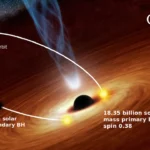 07Two Black Holes Observed Circling Each Other for the First Time
07Two Black Holes Observed Circling Each Other for the First Time












